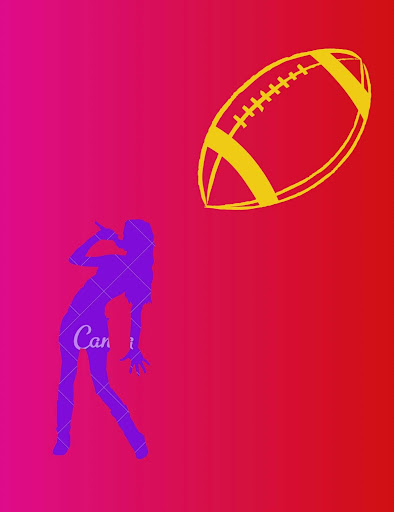
Music has been around for years as a way to creatively express oneself through lyrics, beats and rhythms. Still, the idea of a performing artist wasn’t established until the 70s. As time evolved, so did the production, specifically in the 2000s, this idea of female pop artists performing what I call the headset shows. A headset show is essentially just a performance that is so extravagant that the performer is not capable of holding a microphone.
These concerts consist of heavy-set productions, choreographed dances and large stages. Artists like Britney Spears, Christina Aguilera, Beyoncé, etc. Performers were expected to display a show. Standing with a microphone and singing wasn’t enough. Over time, concerts became less complicated and more focused on appreciation for the literal music.
Recently, a new generation of younger female pop artists has emerged. Performers like Sabrina Carpenter, Doja Cat, Olivia Rodrigo and Tate McRae have all begun to reinstate this evolved idea of punk pop princess performances.
Despite the similarities between these performing styles, the second wave of this trend feels more purposeful. For example, the eccentric, overproduced set and animated dancing emit a stylistic vibe that the artist wants their audience to receive, rather than performing solely for the approval of the people.
Doja Cat has always been known for her anomalous music and personality, but on her latest albums and singles, she provides a nonchalant, free-spirited tone that insinuates an almost satirical attitude towards her work in the best way, and the music feels good for the listener because of its honesty, not because it was curated for people to like.
Olivia Rodrigo also portrays this feeling of unconventionality, specifically with her most recent performance on SNL. She performed “All American B*tch” at a coquette dinner table fully set. The lyrics were about women’s societal pressure and a sarcastic insult to society. Rodrigo ends this performance by smashing items on the table, smearing red cake all over herself and finishing with prayer hands. The lyrics exemplify feminine rage when experiencing these emotions. Still, being unable to display them because that wouldn’t be socially acceptable so at the end, she sings, “All the time/I’m grateful all the time/I’m sexy and I’m kind/I’m pretty when I cry/Oh, all the time/I’m grateful all the f***ing time/I’m sexy and I’m kind/I’m pretty when I cry.”
Lastly, Sabina Carpenter and Tate McRae perform similarly, incorporating many dance sequences. What makes their performances different from those in the early 2000s is the songs. For example, many are about female empowerment and self-confidence paired with a theatrical dance and outfits. McRae’s latest hit, “Greedy,” has lyrics that exude confidence, like “I would want myself/Baby, please believe me.”
Overall, the re-emergence of this trend in performing is revolutionizing the pop industry for the better, as it is giving female artists an opportunity to artistically express themselves and empower other women in the process.


















